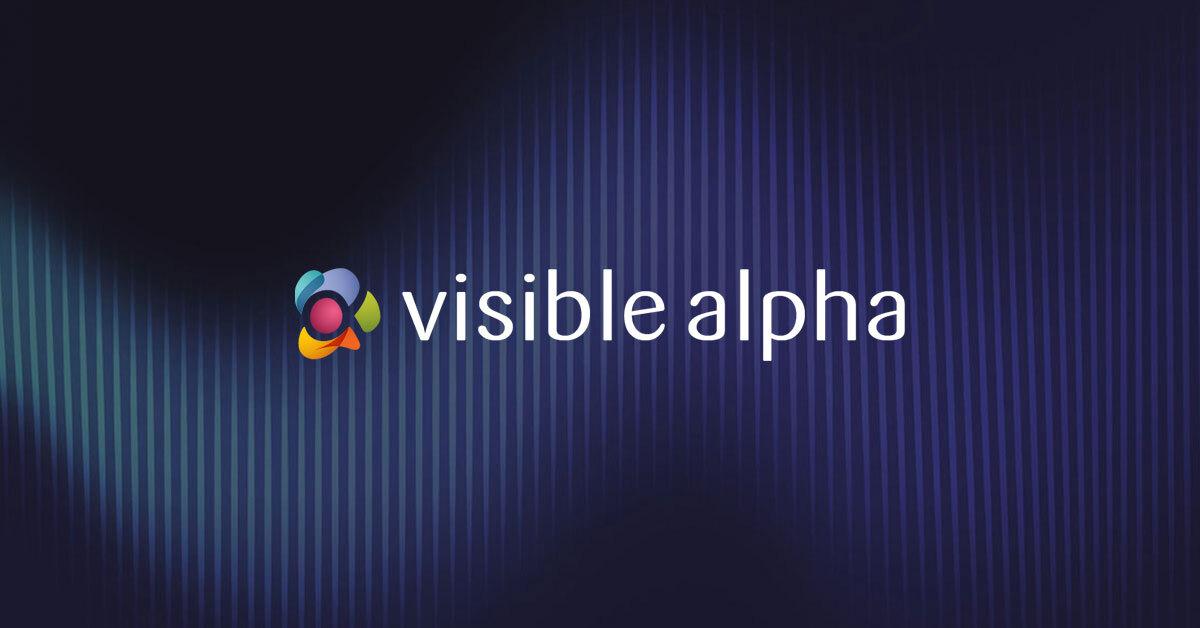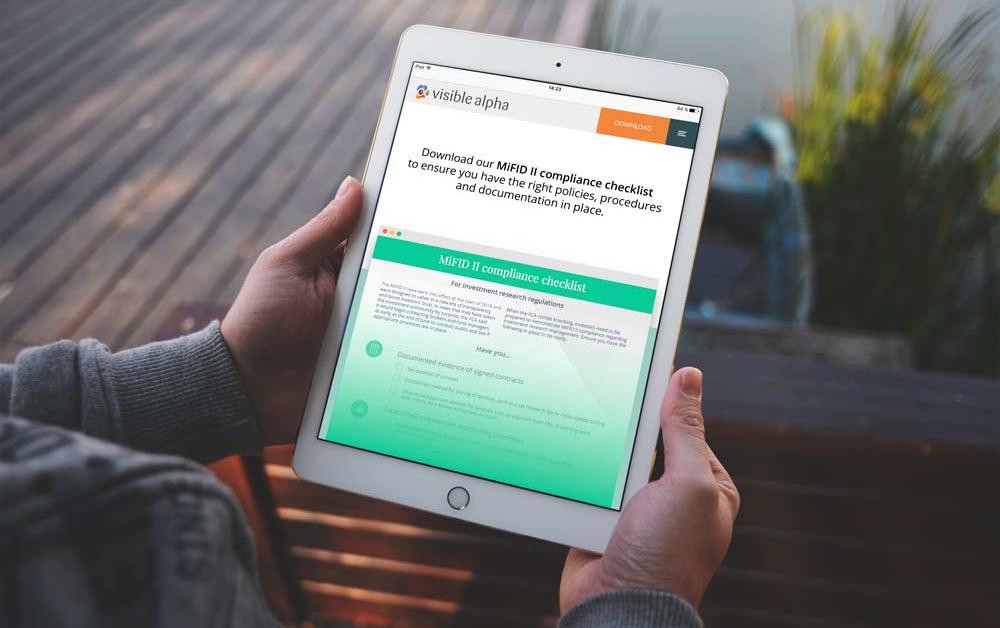In recent conversations with clients, there is a growing interest in real-time tracking of research delivered from the sell side, as monitoring inducement risk is prioritized under MiFID II. Clients have highlighted that the majority of research consumption occurs through the email inbox, an exceedingly difficult channel to monitor. How do you monitor your investment team’s inboxes? Are you able to answer basic questions, such as:
Is this research?
Is it substantive research?
Is the recipient entitled to consume it?
Remember, the inducement risk is not about the solicitation of unpaid research but rather the consumption of that research. So the most important question is how do you track research consumption from within the inbox?
One solution is an email classification system. This solution has recently become more important to buy-side firms, so we decided to break down the basics of email classification and help investment firms understand the advantages of implementing one.
What is an email classification system?
An email classification system is a monitoring system from within an email inbox, designed to monitor the real-time flow of email into an organization. By automatically reviewing the content from the body of the email and any attachments, the system will classify each email based on the criteria set by the individual or company.
Gmail and Outlook both have email classification systems. For example, in Gmail, emails are categorized into tabs, such as Primary, Social, Promotions, Updates and Forums. By extracting the email sender and content, and learning user behavior, the system sorts emails into the preferred folder.
For investment firms, an industry-specific email classification system can be a critical addition to your existing compliance policies. Such a system sorts emails into categories and flags any cautionary emails that may be considered a potential inducement under MiFID II.
Instead of relying on your staff to manually classify any emails as potential inducements, an email classification system leverages technology to do 99% of the work and seamlessly fits into business and compliance workflows. If the system flags an email as possibly including research, the system can then check against the user and firm’s entitlements to highlight whether the email should be considered a potential inducement. The system may also include alerts, reporting and actionable items, such as “cease and desist” notices.
Who should use an email classification system?
Investment firms impacted by MiFID II and where email remains a primary source of consumption should consider an email classification service.
When should I implement an email classification system?
While the Financial Conduct Authority (FCA) has said they will be lenient for the first six months of MiFID II’s effective date of January 3, 2018, firms should proactively work to ensure they are fully compliant as to not be fined for inducements. The FCA will take into consideration a firm’s effort for MiFID II compliance, and the implementation of an email classification system shows that your firm is taking MiFID II seriously.
Why do I need an email classification system?
An email classification system serves two purposes. First and foremost, if your firm is impacted by MiFID II, the European Securities and Markets Authority (ESMA) indicates that firms must have policies and systems in place to track all research consumption and guard against inducements:
“Where a firm does not want to accept research material, they should take reasonable steps to cease receiving it or avoid benefiting from its content…” (Questions and Answers on MiFID II and MiFIR investor protection and intermediaries topics, ESMA, p.51)
With email being the primary method of receiving investment research and the least monitored entry point in finance, it’s a major gap in inducement management that many firms are potentially missing. With an email classification system, any email containing unsolicited research will be automatically flagged as a potential inducement.
In addition to MiFID II compliance, an email classification system saves users time and increases efficiency. It assists in highlighting emails from approved and unapproved research providers and reports unapproved research. Because investment analysts receive so many emails per day, any opportunity to reduce noise helps analysts streamline their workflows.
How do I implement an email classification system?
“‘An analyst or portfolio manager used to be able to open and read any email, they could use research from anywhere – after January 3rd how do they know which emails they can read and which they can’t?’” -Mike Stepanovich, president of enterprise services at Visible Alpha, in Best Execution
Implementing an email classification system is a great next step in strengthening your MiFID II solution, if you don’t already have one, and it’s a fairly easy implementation process. A good email classification system is flexible enough to complement the compliance policies you already have in place.


